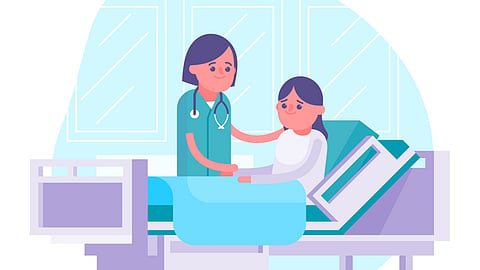Building a Toolbox for Long-Term Sobriety
Relapse is one of the most misunderstood parts of the recovery process. It’s not a sign of failure—it's a signal that something in your support system, routine, or emotional world needs attention. That’s why relapse prevention isn’t just an afterthought in rehab—it’s a central focus from day one.
At trusted Nevada rehabilitation centers, clients are taught how to identify their triggers, manage high-risk situations, and build sustainable habits that support long-term sobriety. These tools don’t just help people stay clean—they help people stay well.
Here’s a closer look at the relapse prevention strategies most commonly taught in quality rehab programs.
1. Identifying Triggers
The first step in preventing relapse is understanding what sparks the desire to use. Triggers can be:
● External: People, places, or situations associated with substance use
● Internal: Emotions like stress, anger, loneliness, or boredom
● Environmental: Certain times of day, smells, or music that evoke memories of using


